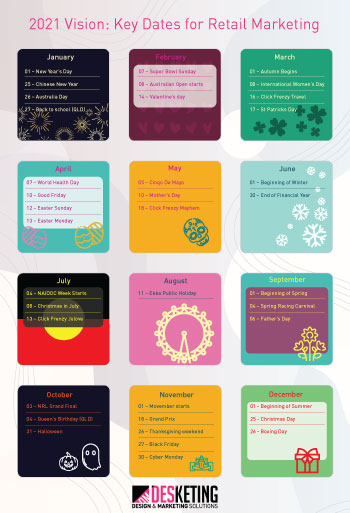5 Strategies to Approaching the COVID-19 Climate
Written by Jonathan Riley from Road To Growth
As Covid-19 restrictions start to bite we all must accept that the business scene is going to remain disrupted for some time now, which means no-one can afford to hibernate (when hibernate means zero activity) and wait for the better days to return.
It is fair to say that for many, if we choose to wait out this ‘winter’ we may well perish before ‘spring’ shows its face! So, what should we do to see us through?
Here are five steps we should take to give us the best chances of surviving and then thriving:
#1 Don’t Panic
Remember that humanity has been through worse crises than this and yet here we are…We’ve always managed to find a way through them. It’s not a case of if this disruption will end, but when it will end.
Besides, when did panicking ever result in finding the best solution? If you feel yourself panicking when you think about your situation, then stop thinking about it.
Take a break, remind yourself that these situations always seem worse when you’re in the middle of them, and let your mind clear. When it has cleared, accept where you are (you can’t change the past) and focus on what the best course of action would be from here on.
#2 Understand the Costs
The main challenge for most businesses will be financial. Enforced social distancing measures and the consequent direct and indirect impacts on sales will weaken the cash flow that is the lifeblood of any business.
Problems arise when the cash entering the business struggles to cover the costs that result in outflows. If you’ve never given too much thought to understanding the nature of your costs before, then make the effort to fully understand them, and what drives them, now.
Some costs are driven by sales (high sales mean high costs; low sales mean low costs; no sales mean no costs) and present less of an issue in these times.
Some costs are time related and must be met each day/week/month/quarter etc. and present the biggest challenge as they don’t respond to sales. And some will be somewhere in between.
#3 Do what you can to minimise the impact
Prioritise examining these last two groups of costs according to their impact on you and search for ways you can reduce that impact. For example, if it’s rent, talk to your landlord and see if you can negotiate some sort of break in payments, whether a temporary reduction or a deferral.
Use logical reasoning and diplomatically let them know that, in this climate, neither party will benefit from you being evicted (where will they find a new tenant in this environment?).
If payroll is a priority, look into the assistance governments are offering to keep people employed while helping owners cover the costs.
If you have to resort to letting some employees go, make sure you consider each case individually as when times pick up (and they will) you want to still have your best staff in the business if at all possible.
#4 Keep in touch with your clients
Consistent with keeping your best employees, retain that focus on how ready you want to be for when the upturn in activity comes.
At that stage you’ll want to resume normal operations as quickly as possible, and not waste time having to re-establish contact with your existing clients or find new ones to replace those you’ve lost.
Sales are largely built on relationships, so you want to maintain those precious relationships through the slow times and not allow them to deteriorate.
Just an occasional chat to see how they’re faring could be enough, and don’t feel compelled to try and sell them something – the main aim is simply to let them know you’re still around and care about their business.
#5 Rethink your business
In my experience there isn’t a business out there that can’t be improved in some way, and the most common argument put forward by most owners as to why they don’t make those improvements is that they don’t have the time to work on them (personally I don’t believe you can ever afford not to improve your business, but that’s a discussion for another day!).
Well, now the phone isn’t ringing off the hook you’ve got more than enough time to set your mind to thinking about how your business could better serve your customers.
Go back to basics and think about what you could offer to make your customers’ lives easier, and how you could better deliver it; think about ways you can do things better internally; examine and understand where your profit is coming from and where some of it is disappearing to.
During this stage you may even identify things you can change that will help you in the immediate short-term and through this quiet period.
And remember, the work you do on this now will pay dividends when business picks up in the future – you’ll be in far better shape to tackle the future and ready to take full advantage as soon as the market starts to stir, and possibly release some pent-up demand.
While acknowledging the severity of the disruption we are facing right now, being unlike anything we’ve witnessed in recent times, I hope having this strategy to work to helps you face these particular challenges in a better, more positive frame of mind than would otherwise be the case… And a positive frame of mind is essential if we are to find our way through to the other side.




